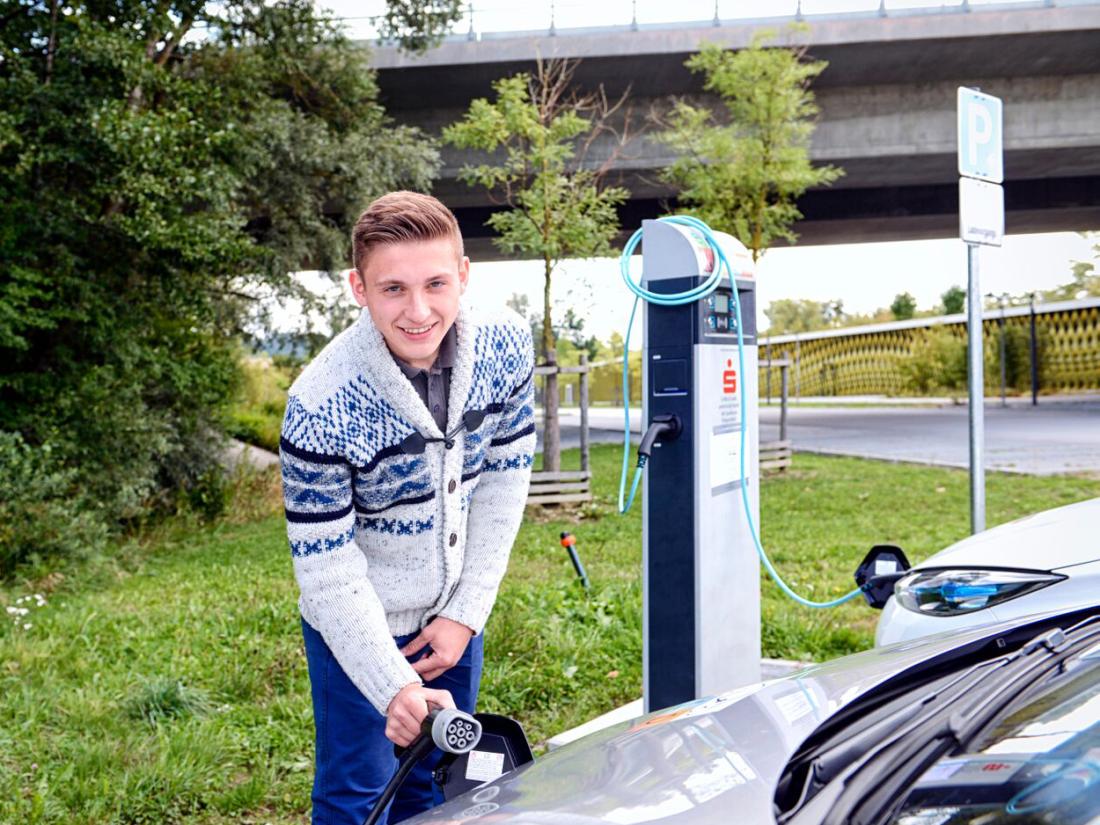Electrific paves the way for electromobility
Electrific paves the way for electromobility
The transition to e-mobility will require intelligent management of electric charge points and the maximisation of renewable energy usage.

OVERVIEW
The inevitable move to energy transition.
TAKING UP THE CHALLENGE WITH ELECTRIFIC
A technological triptych for electromobility.
Reference point
One out of two vehicles in Europe will be electric in 2030.
Experiment
Boosting electromobility in rural areas
The E-Wald company is spearheading a campaign of tests designed to assess the suitability of electromobility in rural areas. Across an area of 7,000km2 in Lower Bavaria, experiments aim to encourage the use of electric vehicles, optimise grid usage by adopting "intelligent charging" technologies, measure the fall in C02 emissions, and improve the distribution of charge points, currently concentrated at workplaces, which will require the installation of additional infrastructure. The project also involves testing the operational management of EV fleets in line with several criteria, such as charging timetables and battery health.
Electromobility to support tourism
The E-Šumava company rents electric cars, scooters and e-bikes for exploring Šumava national park on the German-Czech border. To enable tourists to cover long distances between the two countries without the fear of running out of power, E-Šumava has teamed up with Electrific to encourage users to make the most of optimal electricity supply periods to recharge their vehicles. Shops and businesses may then offer free services to plug in an EV to a charge point at a café if the electricity is supplied by a solar panel. The experiment aims to assess how effective this incentive-based model is.
Electric public transport
In Barcelona, the TMB company runs 8 electric buses on its public transport network. Recharging all of these vehicles at the same time puts a huge strain on the electricity supply, which in turn reduces the stability of the network. To prevent these power surges, TMB operates a system designed to configure its charge points in order to automatically stagger the recharging of its buses, in line with a set of specific criteria: economy, ecology, vehicle turnaround time and battery life cycle. The idea is to integrate variations in the hourly cost of electricity along with the energy mix, while maintaining the sustainability of the bus fleet. Own production, which is an option if solar panels are installed at bus terminals, will be studied in the second phase.
#What people are saying
Inject intelligence into the network.